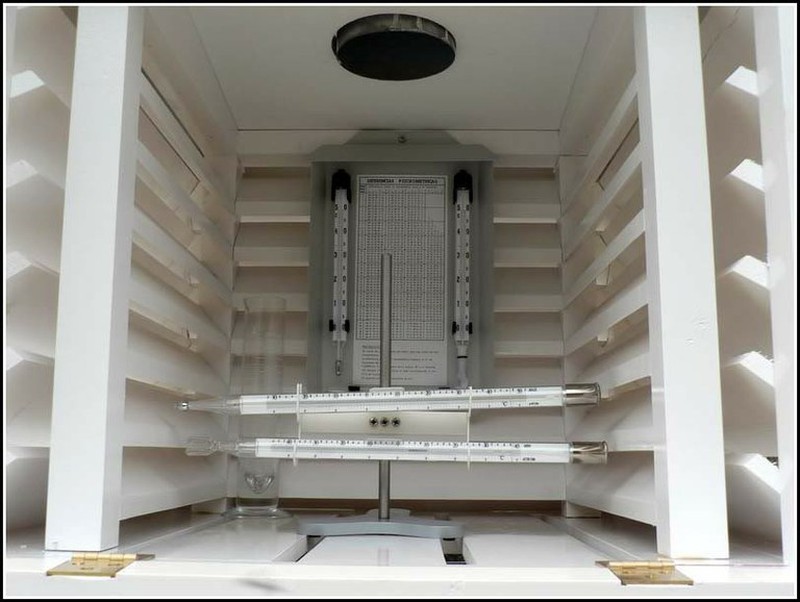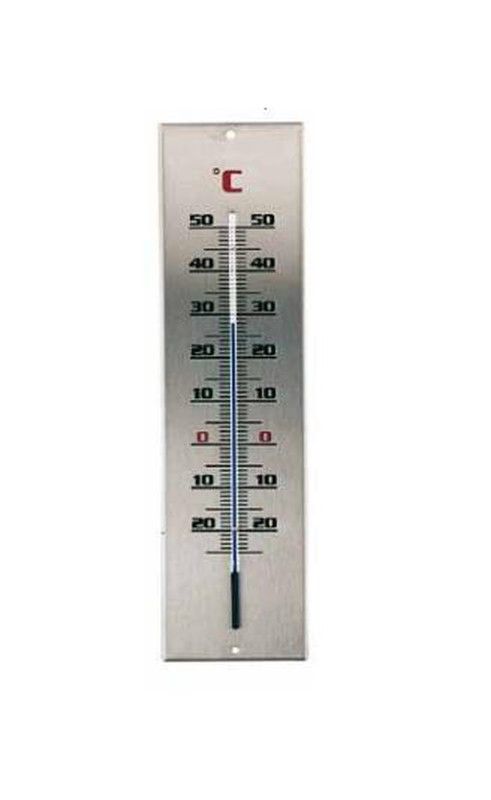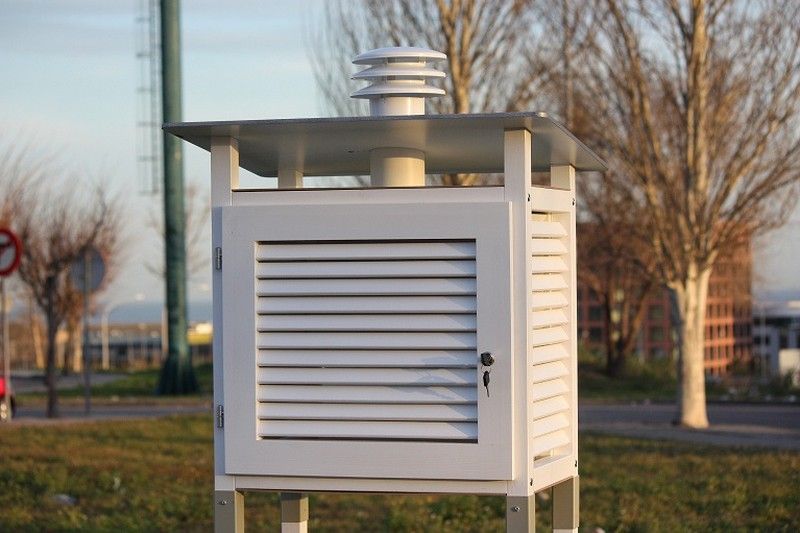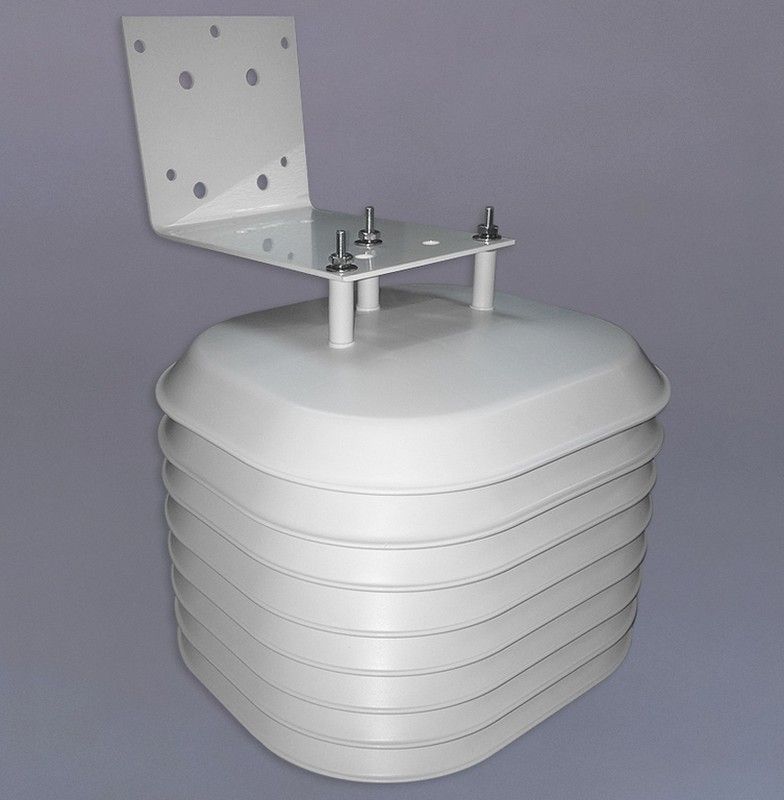The best location for the outdoor thermometer
Once we buy an outdoor thermometer, where do we have to put it?

The thermometer is the meteorological instrument that we use to measure the ambient temperature . This same definition inevitably leads us to think that a thermometer is conditioned to the immediate environment that surrounds it.
Radiation emissions in the form of heat energy is the factor that can further influence or distort the temperature measurement of a thermometer. So when installing a thermometer we have to know which are the sources of radiation emission that surround us. These issuers can be assets / liabilities.
Assets:
- The Sun --- Solar radiation
- Heat sources: Fireplaces, ventilation systems, air conditioners, stoves, etc ...
- Walls, walls
- Artificial floor, asphalt fabric
- Metal plates
The greatest threat to our thermometer is the sun , an inevitable factor and also vital to our existence. Solar radiation is directly transformed into heat energy and if we do not protect our thermometer it will cause an exaggerated temperature rise , and therefore a totally incorrect measurement.
The easiest and fastest way of protection is to install the thermometer in a shady place where it does not touch the sun all day long, normally it coincides with a place facing north . The inevitable is that many homes or houses do not have this option, we all prefer a south-facing apartment, where we save a good heating bill.
But the influence of the sun is not reduced to this direct relationship, but the same solar energy impacts on walls, walls, floors , artificial surfaces, etc. These surfaces accumulate this energy, heat up, and then emit this energy themselves in the form of heat , both day and night, so these surfaces can also influence a thermometer if we have it hanging or very close to them.
If we cannot avoid the influence of the sun, walls, walls and other surfaces, we must protect the thermometer against radiation.
The most efficient protection system is the weather gate , which can be single or double blind . The sentry box is made of wood and is painted white so as not to absorb radiation and not get hot, the double blind ensures better ventilation inside and thus a much more realistic temperature . It is an approved protection system used in professional meteorological observatories.
The sentry box must be installed 1.5m above the ground , preferably on a natural grass surface. The gate of the sentry box must always be oriented to the north , so when opening to make the observations, it will never give the sun directly to the thermometers. The sentry box needs basic maintenance of the wood, especially white paint.
Automatic or digital weather stations must follow the same protection rules as analog thermometers.
In a digital desktop station, we must install the outdoor temperature and humidity sensor in a shady place . If this is not possible, we can purchase sun protection systems in the form of a sentry box or radiation shield.
This system will also serve us in certain cases of semi-professional weather stations where the external temperature and humidity sensor is unprotected. Professional meteorological stations already incorporate protection systems for solar radiation, which are usually very efficient and add other options such as forced ventilation or fan-aspired when we have nearby artificial surfaces.
Both the outdoor sensors of the digital desktop stations, as well as the outdoor temperature and humidity probes / sensors of the semi-professional and professional stations can also be located inside the wooden weather stations . Protection will be the same or even more efficient.








Opinions of our clients
Receive our news